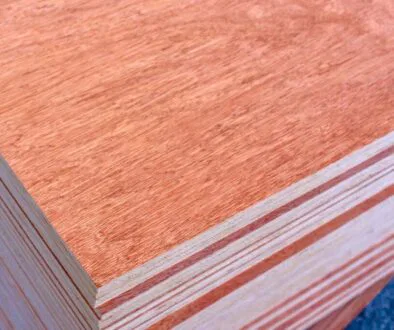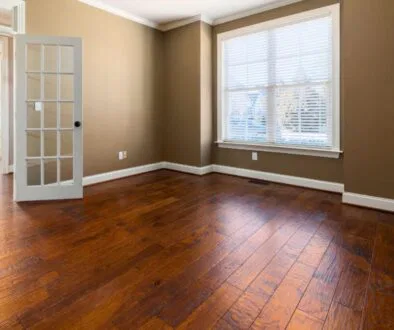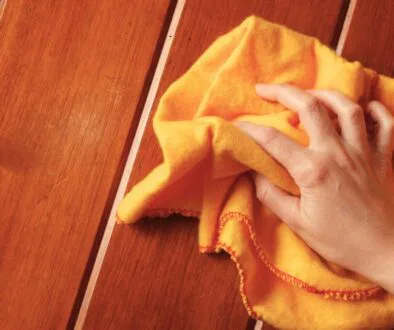A Quick Guide To Timber Framing Joints For Beginners
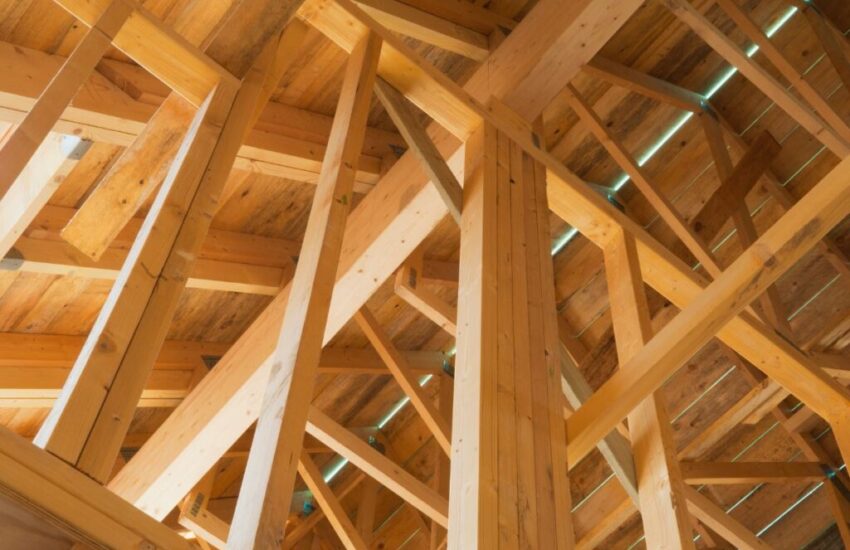
Published February 13, 2025
Timber framing is a construction method valued for durability, craftsmanship, and natural beauty. In today’s world of mass production, the traditional art of timber framing joints feels like a lost treasure. Built without metal fasteners, these joints combine function with timeless design. As sustainable construction is gaining popularity, timber framing is becoming in demand.
In this article, we’ll explore the fascinating world of timber framing joints, exploring their purpose, craftsmanship, and construction.
Understanding Timber Framing Joints
Timber framing joints are where wooden beams connect, forming the core of traditional wooden structures. Unlike modern methods using nails or screws, timber framing relies on mortise and tenon joints. These wooden connections fit seamlessly into the structure. They distribute forces efficiently and showcase both functionality and craftsmanship.
Regional environments have significantly influenced the evolution of timber framing techniques. In North America, native hardwoods were abundant, leading to the use of larger timbers. In Europe, smaller timbers were more common. As a result, European methods relied on intricate, engineered joinery to maximize strength and efficiency.
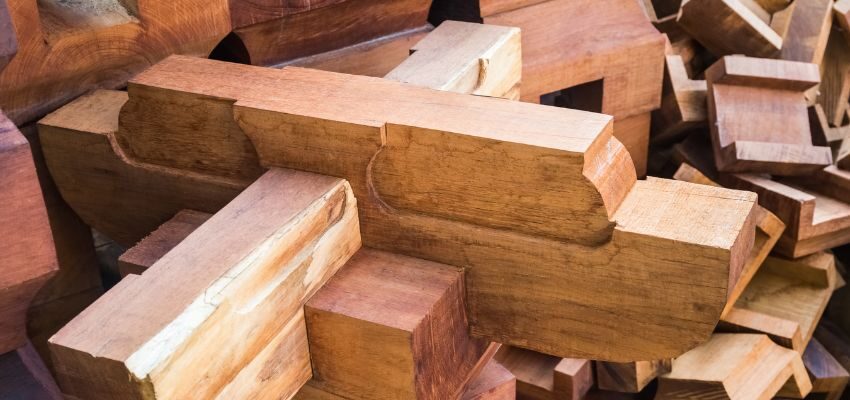
Popular Types Of Timber Framing Joints
Timber framing joints are crafted in various designs, each serving unique structural purposes. Below are some of the most iconic and commonly used types:
Mortise And Tenon Joints
The mortise and tenon joint is a time-honored timber joinery method known for its strength and durability. It has been used for centuries and involves two key parts: the mortise and the tenon. The mortise is a slot or hole carved into one piece of wood, while the tenon is a tongue-like projection shaped on another piece.
When the tenon fits into the mortise, it creates a strong joint. Wooden pegs often secure it further, resulting in a durable and lasting connection.
Variations
- Shouldered mortise and tenon. The shouldered mortise and tenon joint are essential in timber frame structures. It provides strength and durability. Shoulders are carved into the posts, while tapered cuts allow beams to rest one inch onto the posts. One-inch pegs secure the joints. This design ensures stability and long-lasting support, perfect for main carrying beams.
- Brace mortise and tenon. A brace mortise and tenon joint are vital for trusses and frame corners. It reinforces 90-degree connections and adds rigidity. The joint uses a tenon fitted into a mortise, secured with a wooden peg. A diagonal brace strengthens the corner further. The joint is often seen in post-and-beam structures and trusses for added stability.
- King post with mortise and tenon. A king post is a vertical timber in a roof truss. It connects the triangle’s peak to the bottom horizontal beam, providing essential support and increasing the truss’s strength.
Dovetail Joints
Dovetail joints are recognized for their interlocking design, combining elegance and strength. They’re often used in high-stress areas like collar ties and floor joists. They don’t require pegs or nails. Instead, the tails and pins fit perfectly together, locking to prevent movement.
Lap Joints
A lap joint is a simple yet efficient method of joining two timbers by halving and overlapping their ends. Lap joints are often used at exterior corners or beam intersections. They’re secured with nails or screws for extra strength. In the past, they were rare in European structures due to a lack of steel for nails. Today, screws are commonly used to reinforce them. This makes lap joints ideal for strong horizontal or corner connections.
Wedged Scarf Joints
Wedged scarf joints are the go-to solution for extending beam lengths using shorter timbers. These joints interlock the timbers diagonally, reinforcing with wedges to create a seamless connection. The result is a durable beam with impressive load-bearing capacity and structural integrity.
Traditional Timber Framing Techniques
Timber framing has long been shaped by the tools and resources of its time. The scribing method required tailoring each joint to fit its specific timber. This approach ensured precision and craftsmanship. The square rule technique used standardized measurements. It allowed for interchangeable joints and improved construction efficiency.
Today, timber framing combines tradition with modern technology. CNC machines craft precise joinery with incredible accuracy. Skilled artisans then add the finishing touches during assembly. This approach preserves the timeless, handcrafted aesthetic of traditional timber framing.
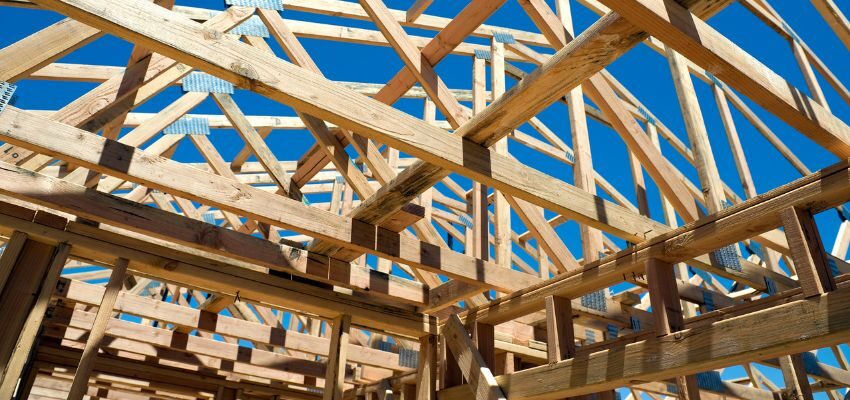
Applications Of Timber Framing
Timber framing remains a versatile construction method, showcasing its resilience and beauty in applications ranging from homes to gazebos:
- Residential construction. Timber frames are a hallmark of luxury homes, known for exposed beams, vaulted ceilings, and open designs. Beyond their design, timber framing provides strong structural integrity and lasting, creative architecture. Homeowners love its warm, natural look and eco-friendly benefits when responsibly sourced.
- Commercial spaces. Businesses choose timber framing for its charm and durability. Restaurants, wineries, and retail spaces use it to create a warm, memorable atmosphere. The wood adds character to interiors while supporting open layouts.
- Outdoor structures. Timber framing is ideal for outdoor structures, from pavilions and pergolas to barns and gazebos. Its strength and weather resistance suit open-air designs, while its natural finish complements outdoor spaces.
Timber framing remains popular, combining beauty, functionality, and sustainability in various applications.
Advantages Of Timber Framing And Joinery
Timber framing and joinery have stood the test of time as a reliable and beautiful construction method. Combining strength, sustainability, and style, this technique continues to be a favorite for builders and architects alike.
- Exceptional Durability. Engineered timber joints distribute weight efficiently and absorb strain, providing lasting structural integrity.
- Eco-Friendly Construction. Made with natural materials, timber framing reduces environmental impact. Traditional techniques make it an eco-friendly choice for building projects.
- Timeless Aesthetic. Exposed beams highlight exceptional craftsmanship. Intricate joinery adds warmth and charm. Together, they bring character to any design.
Whether you prioritize durability, eco-friendliness, or timeless design, timber framing offers a unique blend of functionality and artistry. It’s a construction approach that stands strong and stands out.
Frequently Asked Questions
What makes timber framing joints superior to metal fasteners?
Timber joints eliminate the risk of rusting and loosening often associated with metal fasteners. They also offer a more refined, natural appearance, preserving the seamless beauty of the wood.
Do modern tools play a role in timber framing?
Absolutely. Modern tools improve efficiency in joinery. They maintain the quality and precision of traditional craftsmanship.
Which wood is best for timber framing?
Hardwoods such as oak and Douglas fir are top choices for durability and strength. However, softer woods like pine can also be great options, depending on the structure’s specific requirements.
Is timber framing environmentally friendly?
Yes, timber framing is an eco-friendly choice. It relies on renewable materials and minimizes the use of industrial hardware, making it a sustainable option for modern construction.
Can timber framing work with modern designs?
Yes. Modern timber framing blends traditional craftsmanship with contemporary design. It offers timeless beauty and practical functionality.
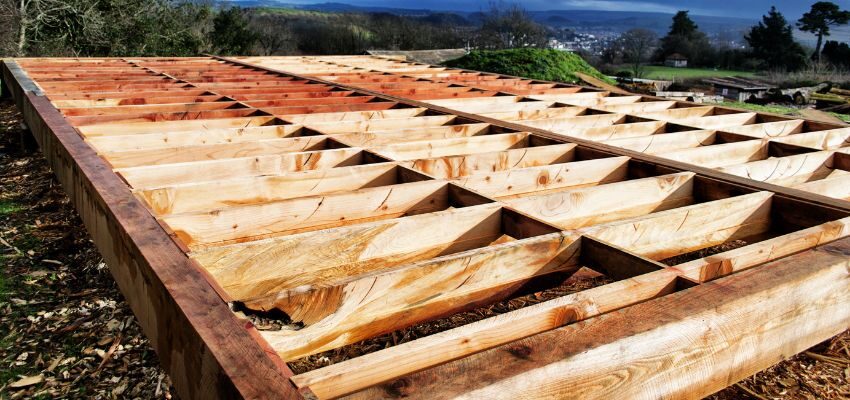
The Enduring Art Of Timber Framing Joints
Timber framing joints showcase the timeless artistry and precision of traditional woodworking. Each timber joint tells a story of craftsmanship, and they showcase attention to detail, from the classic mortise and tenon to the elegant dovetail. Timber framing is perfect for homes, barns, or rustic pavilions. It offers durability, natural beauty, and sustainability. This ancient craft endures by blending tradition with modern innovation. The result? Stunning architectural designs that last for generations.
Hire The Timber Experts For Your Next Project
Vintage & Specialty Wood should be your source of the highest quality timbers from around the world. When it comes to fabricating and installing reclaimed wood or specialty wood products in your home, we don’t cut corners. We offer many reclaimed wood and specialty wood products such as Douglas Fir, white oak, and much more. We also offer timber framing and wood flooring services as well. Contact our team today to speak to a timber expert about what Vintage & Specialty Wood can do for you.

This Blog Is Fact Checked
This content has undergone meticulous fact-checking by our team of internal experts. Gain a deeper understanding of the high editorial standards we uphold on our website here.

About The Author
Experience, exploration, and knowledge are the hallmarks of writer Rei Bayucca. Her dedication to crafting articles that both inspire and educate will leave you thinking long after you’ve finished reading.

